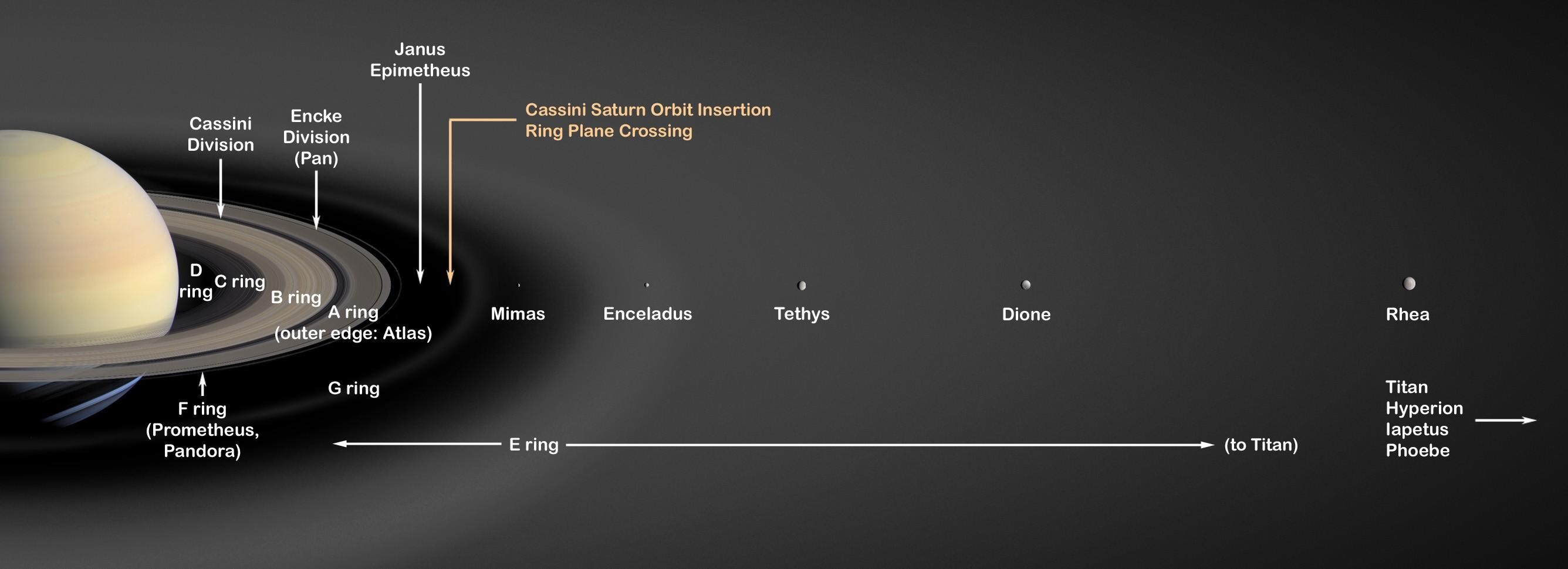Free Courses Sale ends Soon, Get It Now


Free Courses Sale ends Soon, Get It Now



Disclaimer: Copyright infringement not intended.
Context
Saturn's rings will seemingly disappear from Earth's view in 2025.
Details
Temporary Disappearance in 2025
Potential Future Loss of Rings
About Saturn
Physical Characteristics:
Atmosphere:
Magnetic Field:
Moons:
Rings of Saturn
Ring Formation:
Ring Structure:
Ring Dynamics:
Ring Origins:
Exploration:
Pioneer and Voyager Missions:
Cassini-Huygens Mission:
|
PRACTICE QUESTION Q. Explain the phenomenon of the temporary disappearance of Saturn's rings from Earth's view in 2025. Discuss the scientific reasons behind this event, touching upon Saturn's axial tilt, orbital motion, and the optical illusion created by its thin ring system. (250 Words) |
© 2024 iasgyan. All right reserved